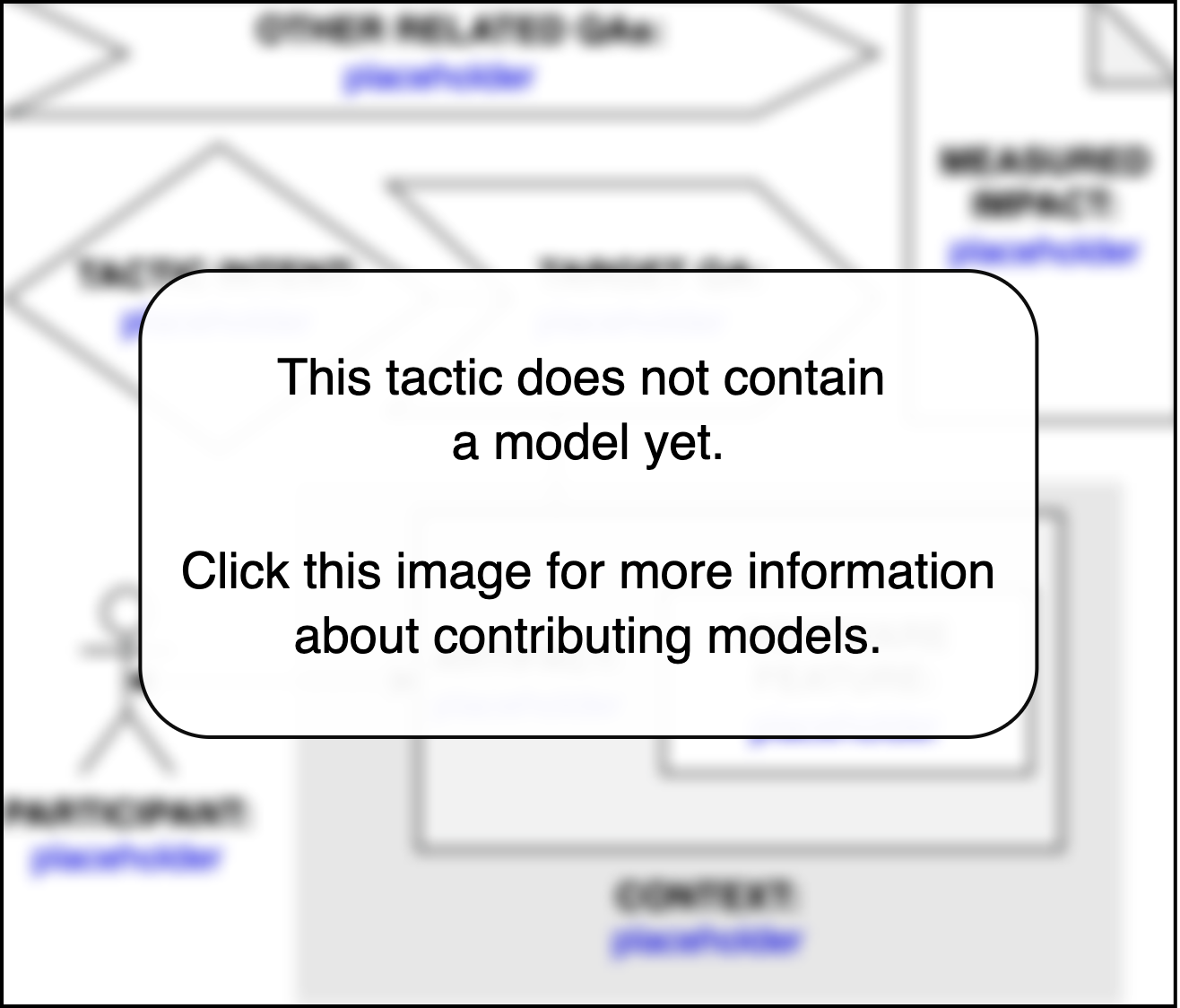All Tags
AWS
ai
algorithm-design
architecture
browser
cloud
cloud-efficiency
cloud-principles
cost-reduction
data-centric
data-compression
data-processing
deployment
design
documentation
edge-computing
email-sharing
energy-efficiency
energy-footprint
enterprise-optimization
green-ai
hardware
libraries
llm
locality
machine-learning
maintainability
management
measured
microservices
migration
mobile
model-optimization
model-training
multi-objective
network-traffic
parameter-tuning
performance
queries
rebuilding
scaling
services
storage-optimization
strategies
tabs
template
testing
workloads
Tactic: Use low-level programming
Tactic sort:
Awesome Tactic
Type: Software Practice
Category: green-software-practice
Tags:
energy-footprint
Title
Use low-level programming
Description
With low-level programming languages, the developer has more details of the system in which they are developing, than using high-level programming languages. When possible, it is advised to develop the more computationally intensive parts of the application in low-level programming languages to increase performances and energy efficiency.
Participant
Software application developers
Related software artifact
C/C++ versus Java
Context
Green Lab
Software feature
< unknown >
Tactic intent
Use low-level programming
Target quality attribute
Energy-efficiency
Other related quality attributes
< unknown >
Measured impact
< unknown >
